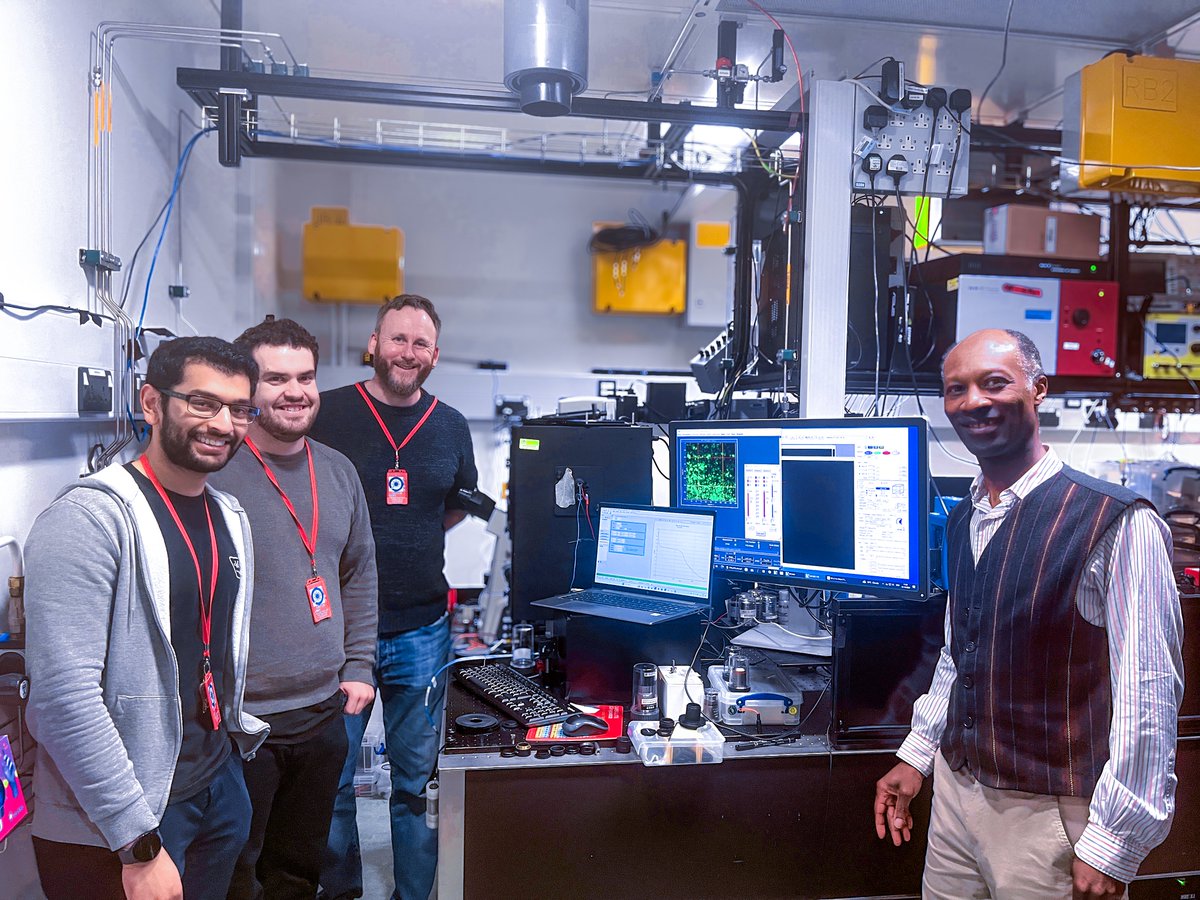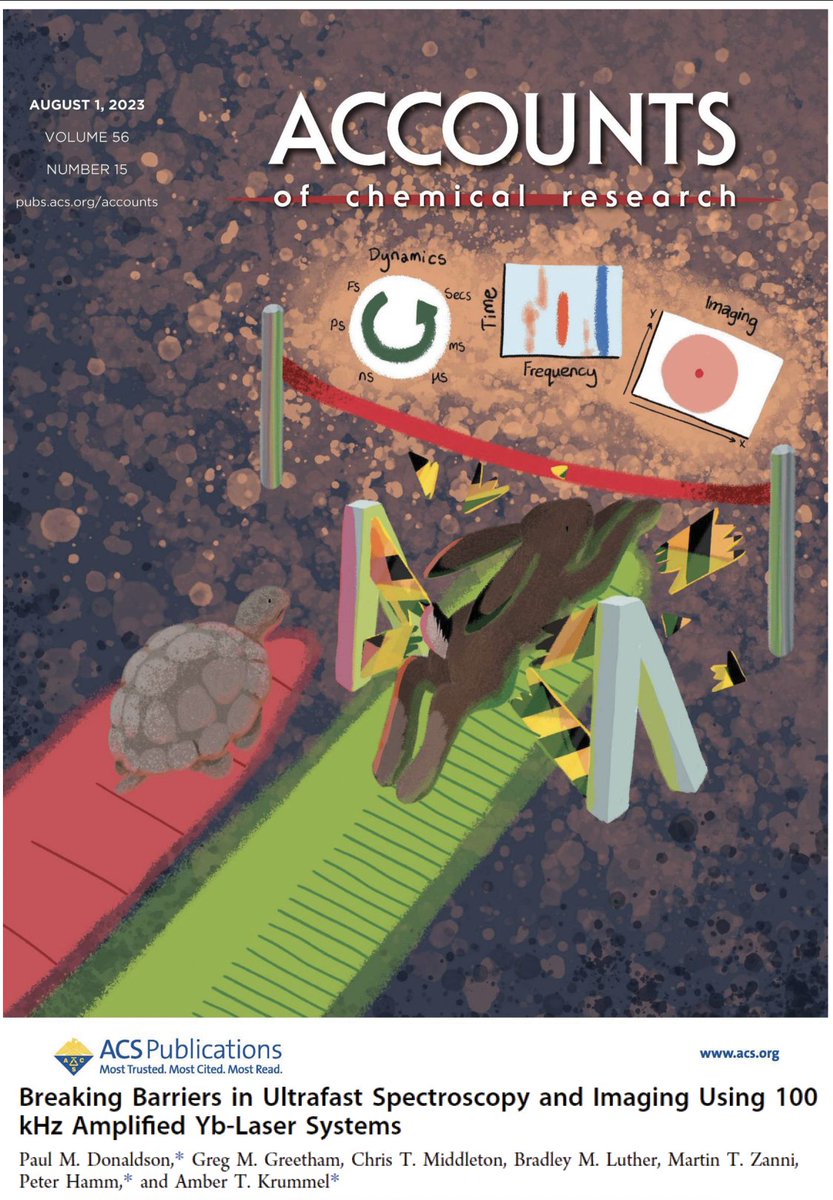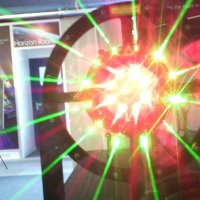
Greg Greetham
@gregorygree
ID: 477726644
29-01-2012 14:08:15
163 Tweet
70 Followers
246 Following



Catalysts are important for industrial chemistry. Now 2D-IR spectroscopy can study them in their solid form, offering a deeper view of these types of materials’ vibrational spectra. aippub.org/3JfYdmN Central Laser Facility


Overview article of how high repetition rate ultrafast ytterbium lasers have advanced time resolved spectrosopies!Nice collab with leading ultrafast vibrational spectroscopists. Central Laser Facility CSU Department of Chemistry UZH Chemistry UW-Madison Chemistry #phasetech doi.org/10.1021/acs.ac…
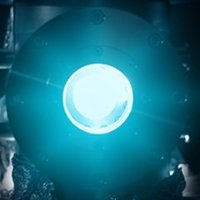

New 2D-IR work on a [NiFe] hydrogenase mimic by Chemistry at York, Central Laser Facility and Marius Horch reveals the influence of hydrogen bonding on the active site: doi.org/10.1021/acs.jp…
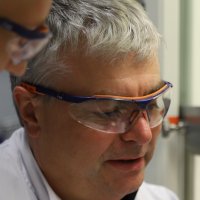
Fantastic to see this published. Read about how you can observe catalyst behaviour from the fastest to the slowest events. Part of a great collaboration with Prof Ian Fairlamb - we have over 50 papers together now 😀 Chemistry at York pubs.acs.org/doi/10.1021/ac…

Scientists at the CLF’s Ultra facility have demonstrated how intense infrared laser pulses can be used to heat catalysts in order to study their chemical processes. 🧪 Read more about the paper that featured on the cover of Chemical Science here!➡clf.stfc.ac.uk/Pages/Ultra-ca…
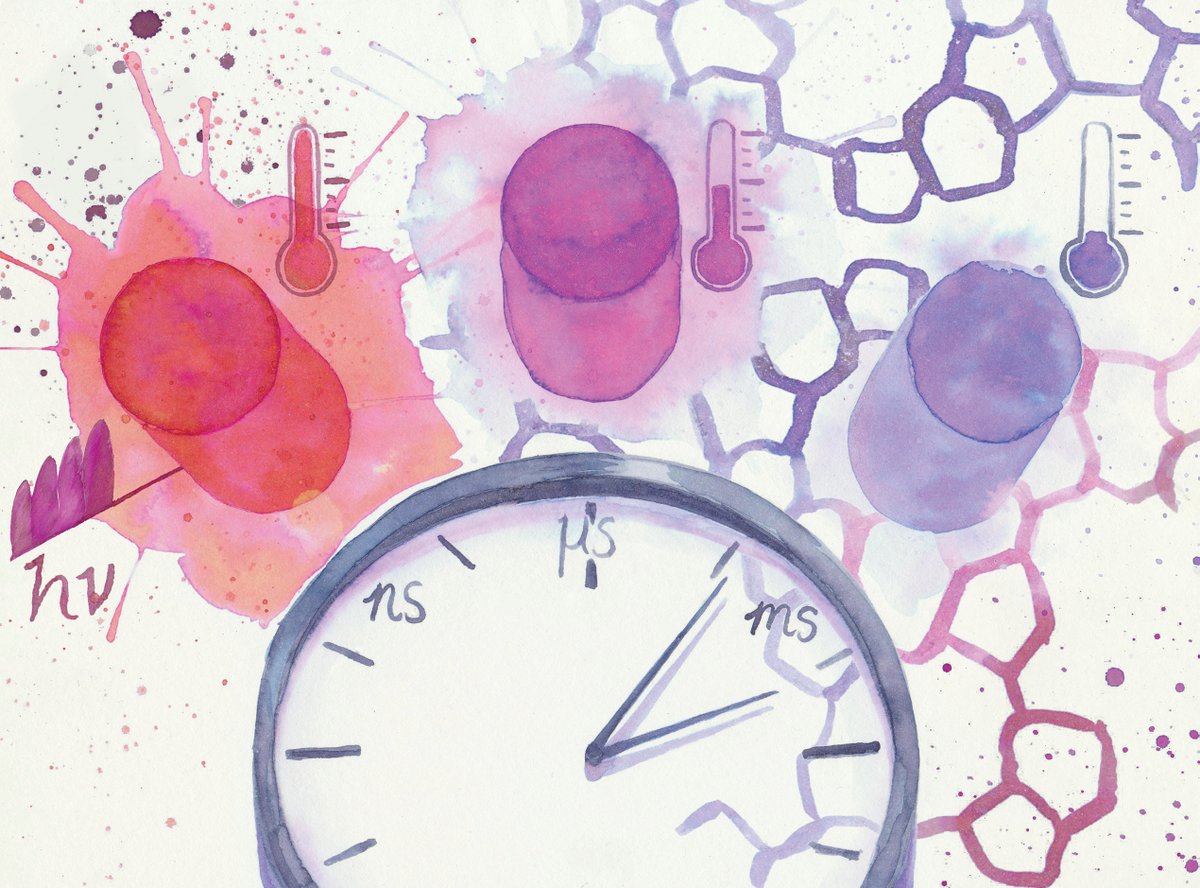

Welcome to episode 2 of #BigScienceTinyMic! 👨🔬🎤 Next up to the mic is Igor Sazanovich who works on the ULTRA laser at Central Laser Facility. He tells us how lasers are being used to help develop even better solar panels! 😎☀ #SolarCells #CleanEnergy



Study of guanine photo-oxidation by DNA binding Ru(II) polypyridyl complexes containing either a linear or a hooked intercalating ligand by time-resolved spectroscopy and cellular studies. Susan Quinn Mark Stitch Central Laser Facility pubs.acs.org/doi/full/10.10…



The University of Liverpool group is looking at what’s happening inside lithium-ion batteries (like in our phones) as they lose efficiency over time🪫 Li-ion batteries are notoriously hard to study due to the obscuring fluorescence they emit when you try to extract Raman light from them
